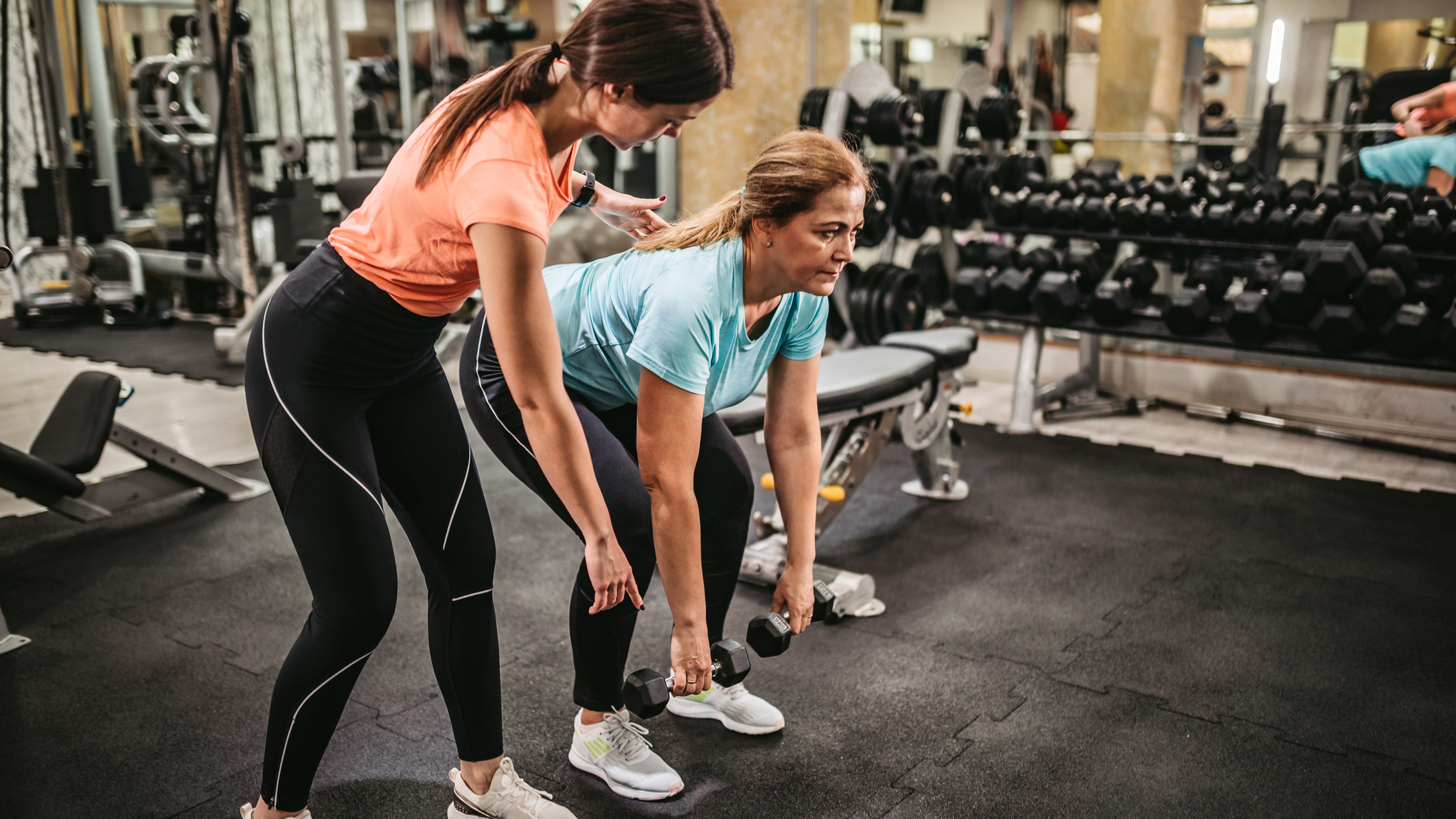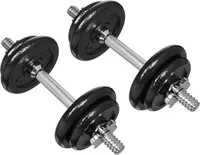An expert instructor recommends mastering these three moves if you want to age well
Train your lower body to maintain your strength and balance as you age


It’s normal to have exercise preferences. Maybe your heart sings every time you get to do a biceps curl, or you’re a fiend for sit-ups.
However, it’s also normal to find certain moves more difficult than others—and according to Peloton trainer Ben Alldis, there’s a certain set of moves beginners usually dislike.
“People find lower-body strength really challenging to begin with,” says Alldis.
Engaging the large muscles in your legs and rear can be tiring, and the subsequent DOMS (delayed-onset muscle soreness) can be uncomfortable, but Alldis insists that it’s all worth it.
“You can actually get an incredible workout from lower-body training that offers more than just lower-body strength,” he says.
Lower-body workouts engage large muscle groups like your quads and glutes, which will push your heart rate up and challenge your cardio fitness.
Plus, keeping your lower-body muscles strong and mobile will help you remain able to perform functional movements as you age, like walking, running and climbing stairs.
Start your week with achievable workout ideas, health tips and wellbeing advice in your inbox.
Here are the Peloton trainer’s three favorite moves to do at home—all you need to do them is a set of dumbbells.
You'll need some basic weights to do these moves at home and I recommend these cheap adjustable dumbbells from Amazon. You can use them to make your lunges and squats feel harder and to start learning how to deadlift. They're usually priced at $47.49, but an early offer from Prime Big Deal Days has brought them down to just $37.74.
1. Squat
Sets: 3 Reps: 8-12
- Stand with your feet shoulder-width apart, toes pointing slightly out. Hold a weight at your chest to make the move harder.
- Bend your knees, keeping them pointing in the same direction as your toes, and sit your hips back to lower until your thighs are parallel to the floor.
- Push through your heels and stand up.
Alldis explains that squats are useful because they’re a multi-muscle movement, targeting your quads, glutes and hamstrings.
Practicing this move will serve you in older age, too. It’s a movement that mimics getting in and out of a chair.
2. Lunge
Sets: 3 Reps: 6-10 each side
- Stand with your feet shoulder-width apart.
- Take one step forward and bend your knees to lower until your knees are at roughly a 90° angle and your back knee is just above the floor.
- Push through your front foot to stand back up.
- Repeat on the other leg.
Lunges are a unilateral exercise, which means they target one side of the body. Alldis says that practicing this style of movement will help you build stability and balance.
3. Deadlift
Sets: 3 Reps: 6-12
- Stand with your feet shoulder-width apart and a heavy weight on the floor in front of your feet, like a barbell or pair of dumbbells.
- Keeping your knees slightly bent, hinge forward from the hips to bend over and pick up the weight.
- Engage your core and, keeping your back straight throughout, push your hips forward to stand, keeping the weight close to your body as you rise.
- Reverse the movement to lower the weight back down to the floor.
This was the move Alldis was most enthusiastic about.
“Deadlifts are amazing for the posterior chain—that’s [the muscles] all the way through the back of your body,” he says.
This move is great for improving posture, but it will also help you build strength all over.
“If you do a heavy deadlift session, you'll really feel it through your whole body,” says Alldis.
Of course, before you begin to lift challenging weights, you should be absolutely sure you can perform the exercise correctly or the risk of injuring yourself significantly increases.

Ruth Gaukrodger is the fitness editor for Fit&Well, responsible for editing articles on everything from fitness trackers to walking shoes. A lot of her time is spent interviewing coaches and fitness experts, getting tips on how to make exercise less intimidating and more accessible.
She's a keen runner and loves strength training. She also enjoys honing her yoga skills from the comfort of her living room.
You must confirm your public display name before commenting
Please logout and then login again, you will then be prompted to enter your display name.
